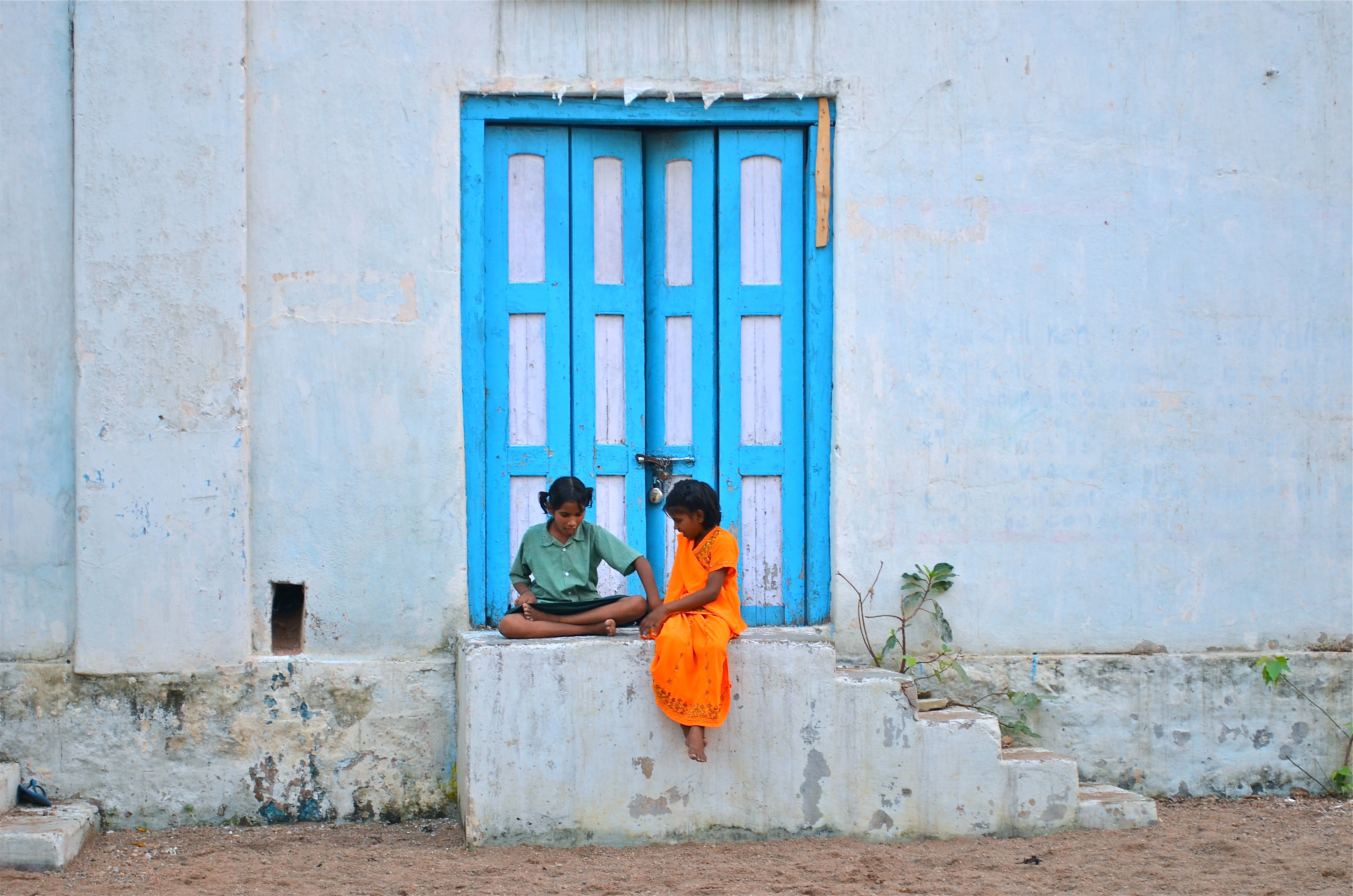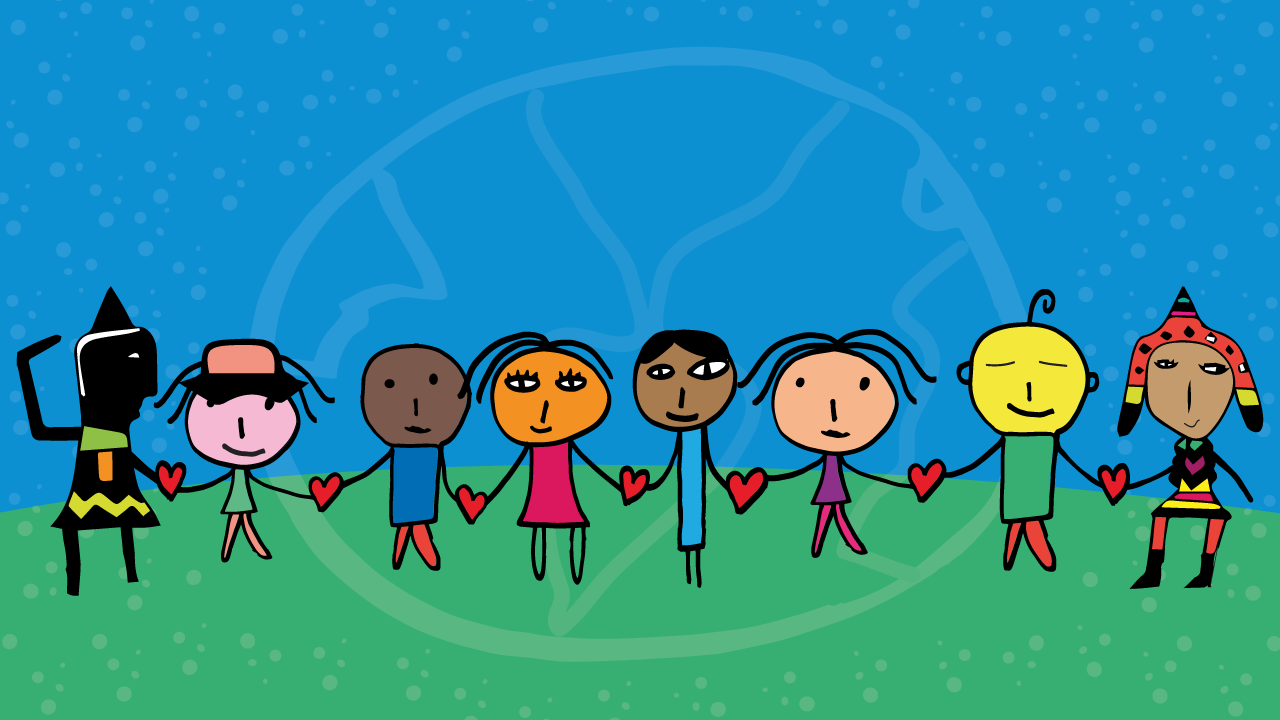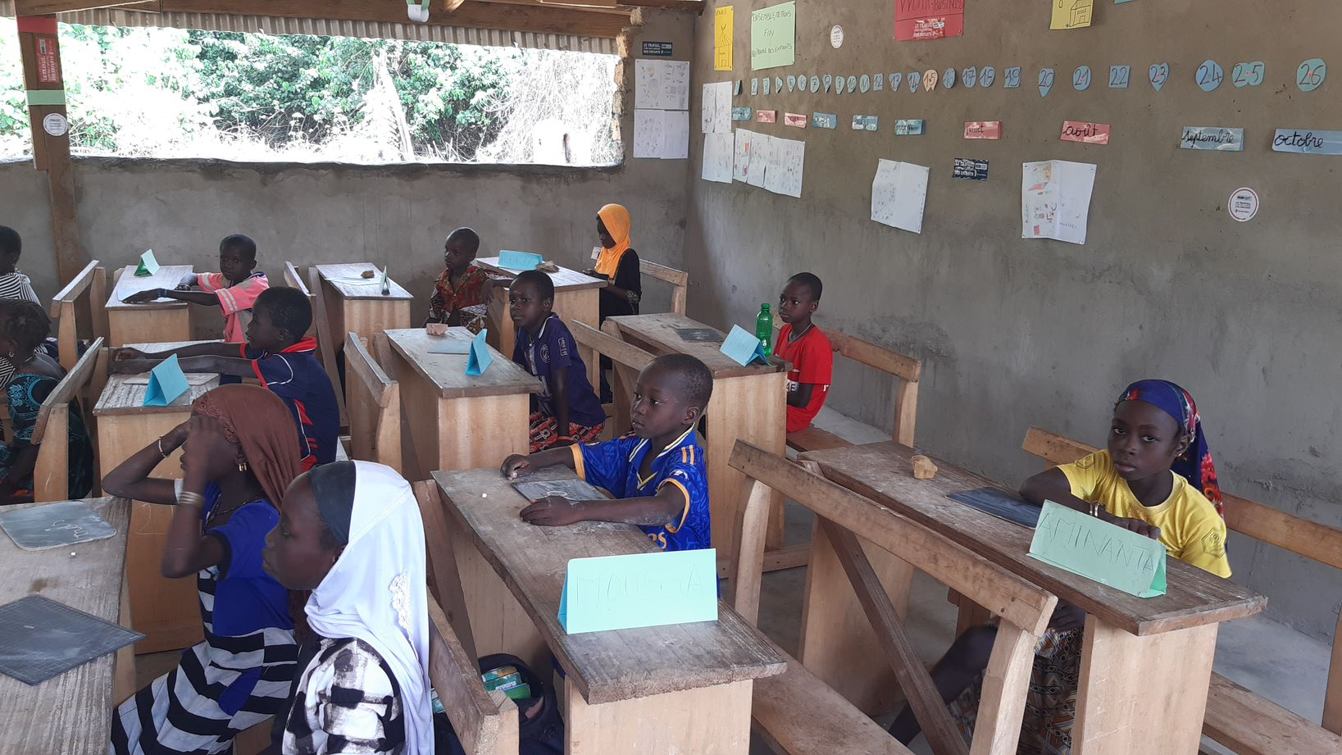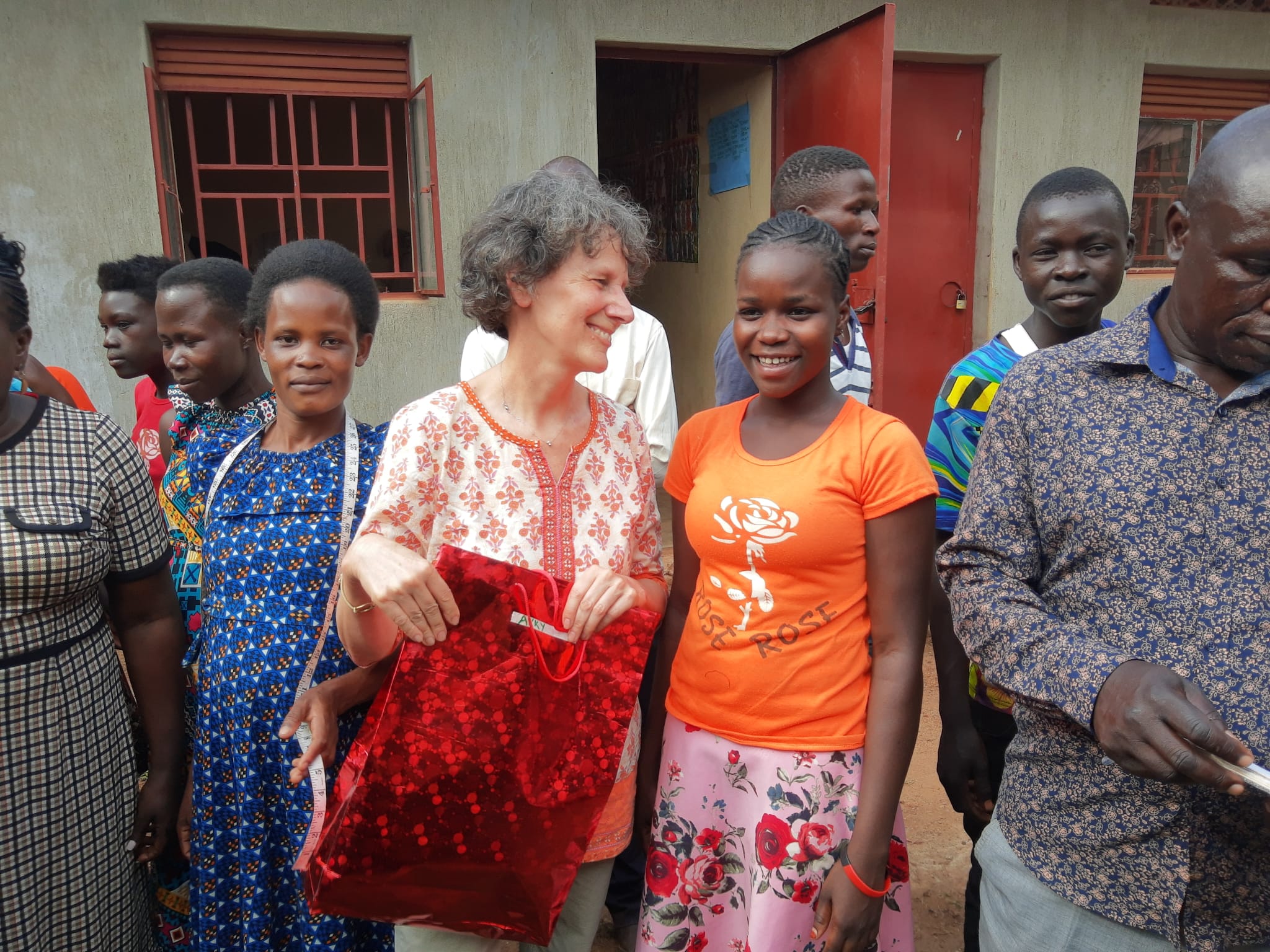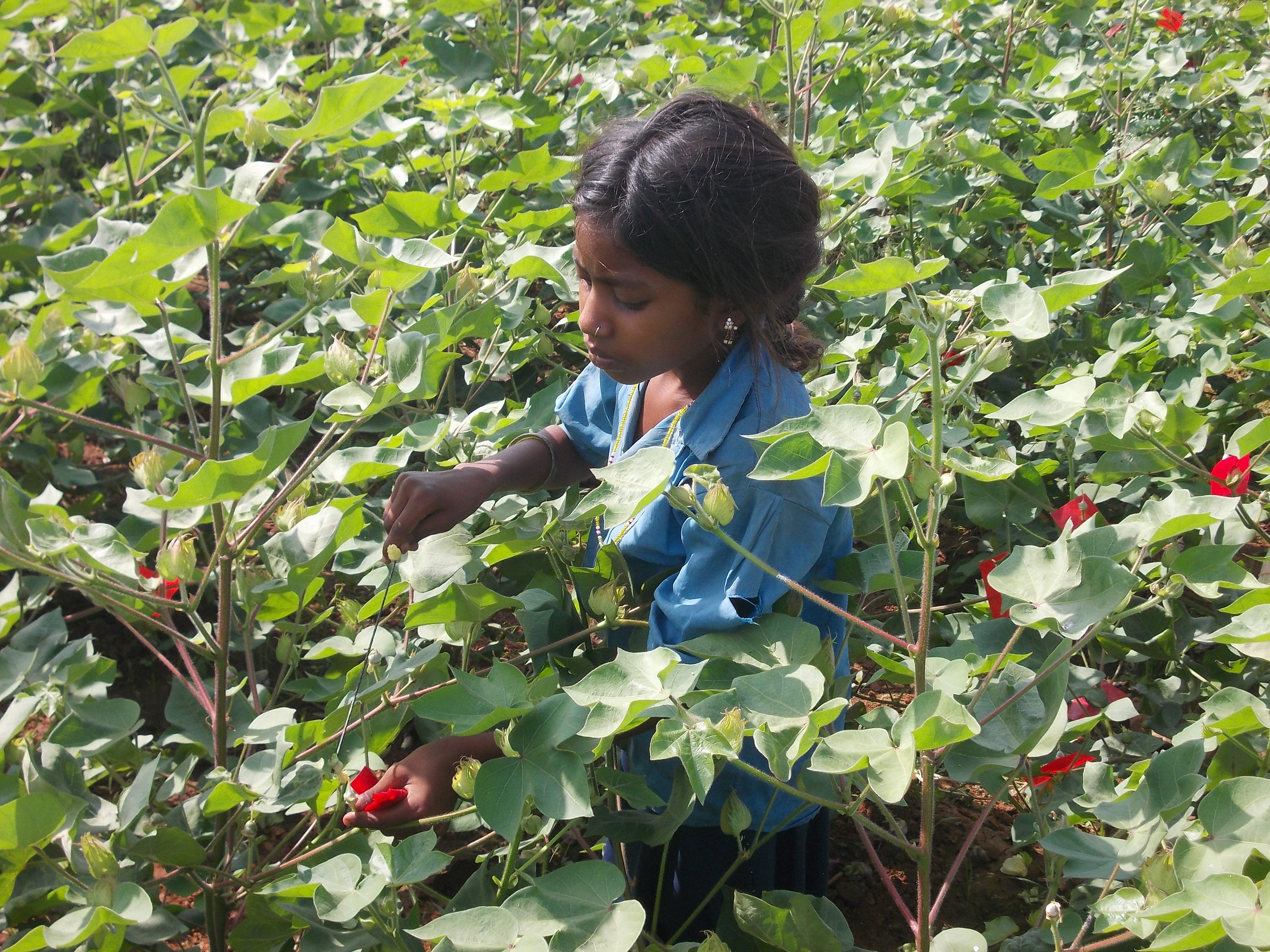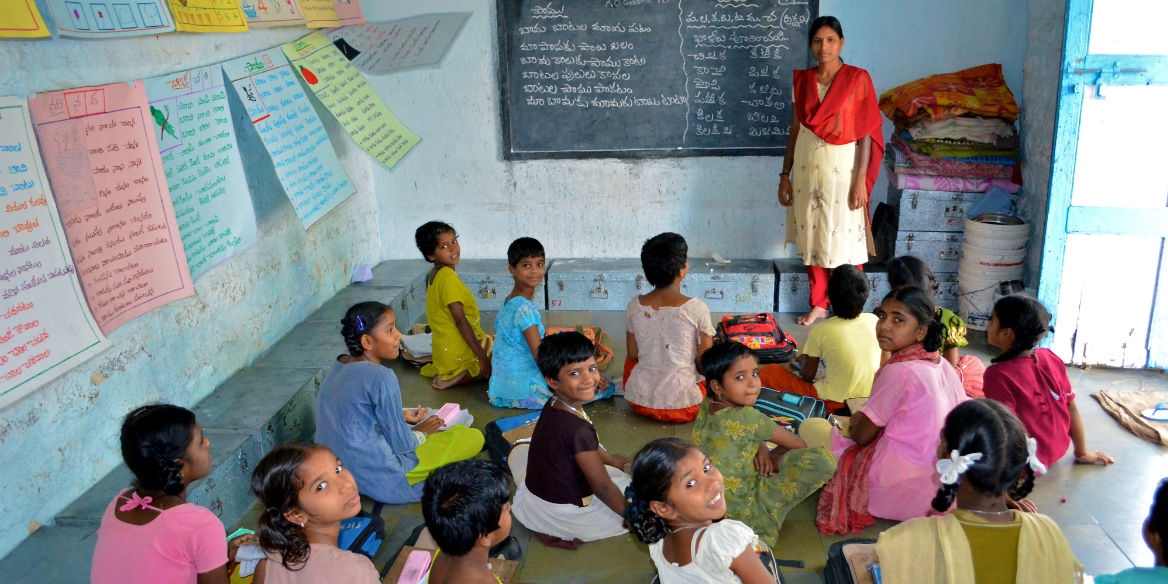In the run-up to the IV Global Child Labour Conference in Argentina from 14 to 16 November 2017, the Stop Child Labour Coalition has prepared a position paper with a focus on combining bottom-up and top-down strategies to eradicate child labour.
The paper describes the roles that local communities, civil society organisations and trade unions often play as initiators of bottom-up approaches to tackle child labour. A community-based approach has proven to be an effective method to get all children in a certain area out of work and (back) into school. This enables the creation of ‘child labour free zones’: a specific area (village, neighbourhood etc.) where all stakeholders – community-based organisations, teachers, parents, children, local authorities and companies – work together around the norm that ‘no child should work – every child must be in school’.
The paper furthermore describes how bottom-up approaches can help to give shape to more top-down policies and their implementation. Local, regional and national governments can realize sustainable change as it is their duty to ensure that basic systems and facilities are in place for all children to ensure their right to education. The private sector, guided by for example the UN Guiding Principles on Business and Human Rights, should tackle (child) labour issues in the full supply chain. International organizations can reinforce institutional policies to mainstream a community-based approach to tackle child labour, and promote joint efforts at all levels.
Read the full 8-page position paper including recommendations here.

